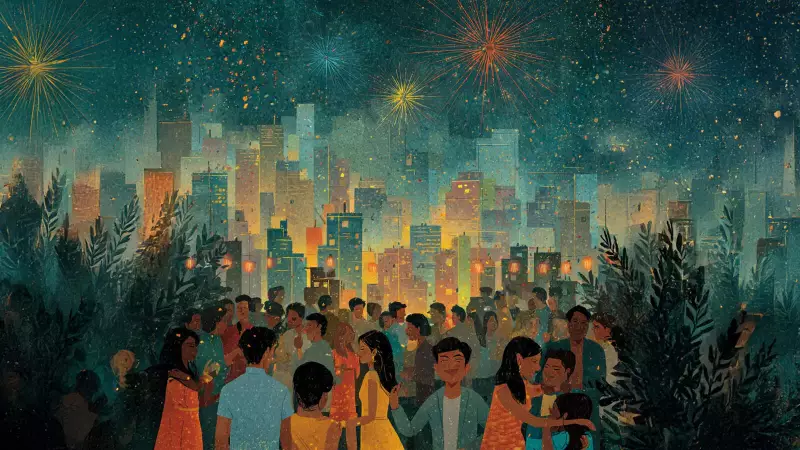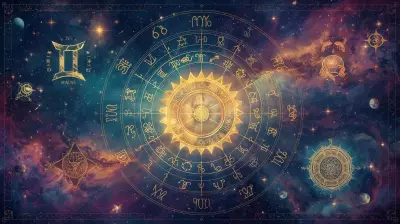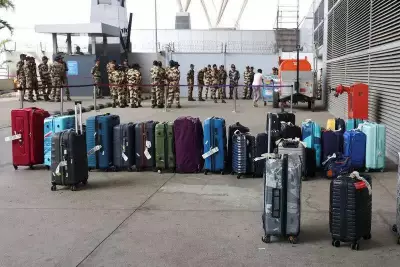
Every year as Diwali approaches, a familiar pattern emerges across Indian cities and media platforms. The debate about firecrackers and pollution reaches fever pitch, with heated arguments between environmental concerns and cultural traditions. But what if this annual controversy isn't really about smoke and noise at all?
The Surface Argument: Tradition vs Environment
On the surface, the Diwali pollution debate appears straightforward. Environmentalists point to dangerous air quality levels and health hazards, while traditionalists defend firecrackers as an integral part of festival celebrations. However, this visible conflict masks deeper underlying tensions that reveal much about contemporary Indian society.
The Economic Divide in Environmental Consciousness
The pollution debate often exposes a significant economic divide. Wealthier, more educated urban populations tend to advocate for cleaner celebrations, having the resources and awareness to prioritize environmental concerns. Meanwhile, many from less privileged backgrounds view the criticism of firecrackers as an attack on their cultural expression and one of the few accessible forms of celebration.
This isn't merely about environmental awareness—it's about who can afford to be environmentally conscious. The debate becomes a proxy for discussing economic inequality and cultural capital in modern India.
The Changing Face of Indian Festivities
Diwali celebrations have evolved significantly over generations. What was once primarily a home-centric festival of lights has transformed into a more public, consumption-driven celebration. The firecracker industry, worth thousands of crores, represents not just tradition but substantial economic interests and employment opportunities.
Four Key Factors Driving the Controversy
- Urbanization pressures: Dense urban populations experience pollution more acutely
- Health awareness: Growing understanding of air quality's impact on respiratory health
- Global environmental concerns: India's position in international climate discussions
- Cultural globalization: Western environmental ideals influencing urban Indian perspectives
Finding Middle Ground: The Way Forward
Rather than polarizing the debate between "traditional" and "modern" values, many communities are finding innovative solutions. These include community fireworks displays that minimize individual pollution, eco-friendly crackers, and emphasizing other Diwali traditions like lighting diyas, sharing sweets, and family gatherings.
The most productive conversations happen when we acknowledge that the pollution debate represents larger questions about how India balances development with tradition, and economic growth with environmental responsibility.
As India continues its rapid development, the Diwali pollution conversation serves as an important barometer of how the nation navigates the complex relationship between cultural heritage and contemporary challenges. The real solution may lie not in eliminating traditions, but in evolving them to meet current needs while preserving their essential spirit.





